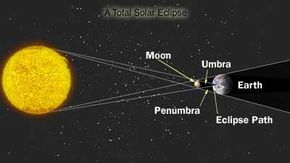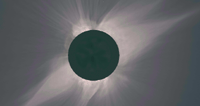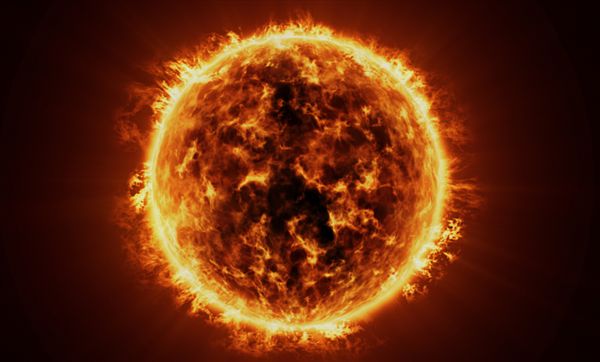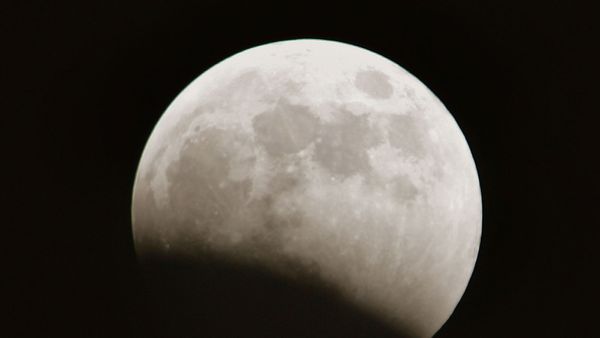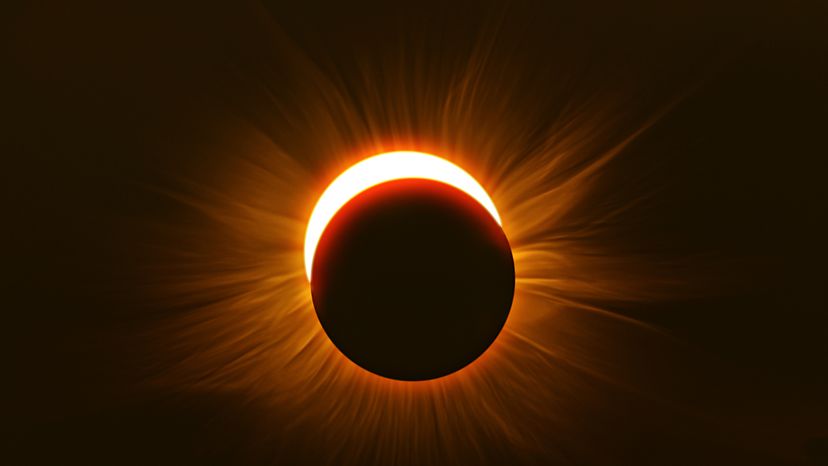
A solar eclipse is a celestial phenomenon that does not occur very often, but they are fascinating to watch when they do. On those rare occasions when you are in the right place at the right time for a full solar eclipse, it is amazing.
In this article, we will see what happens during a solar eclipse and how you can observe this incredible event safely.
Advertisement
